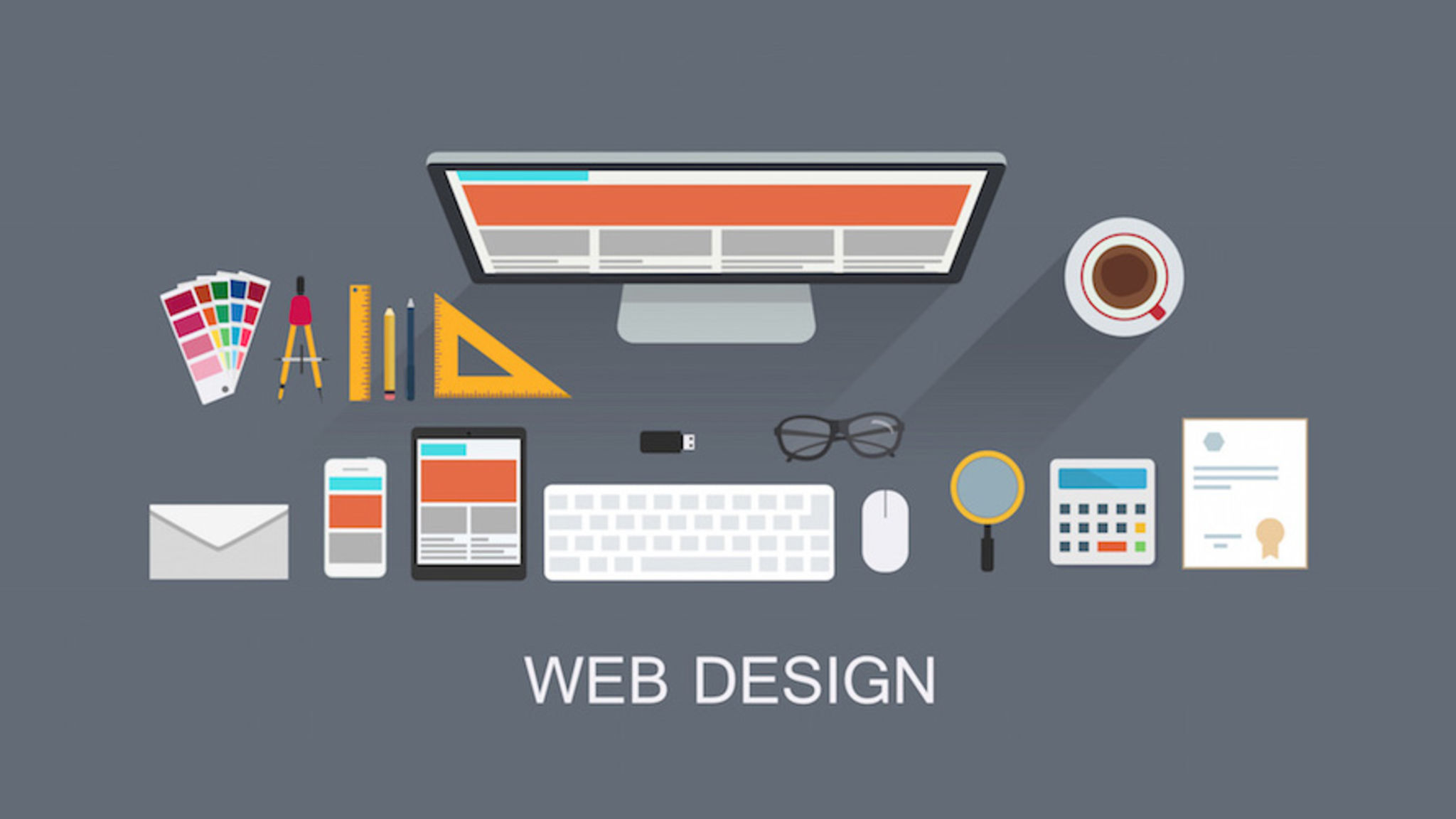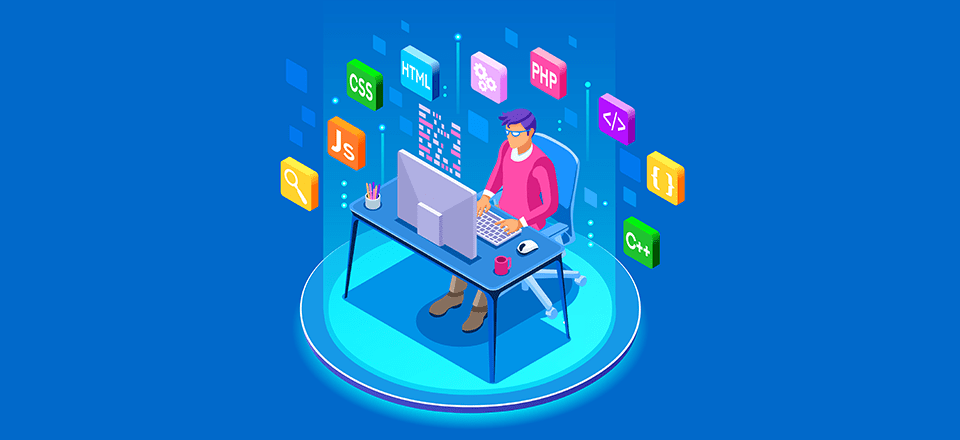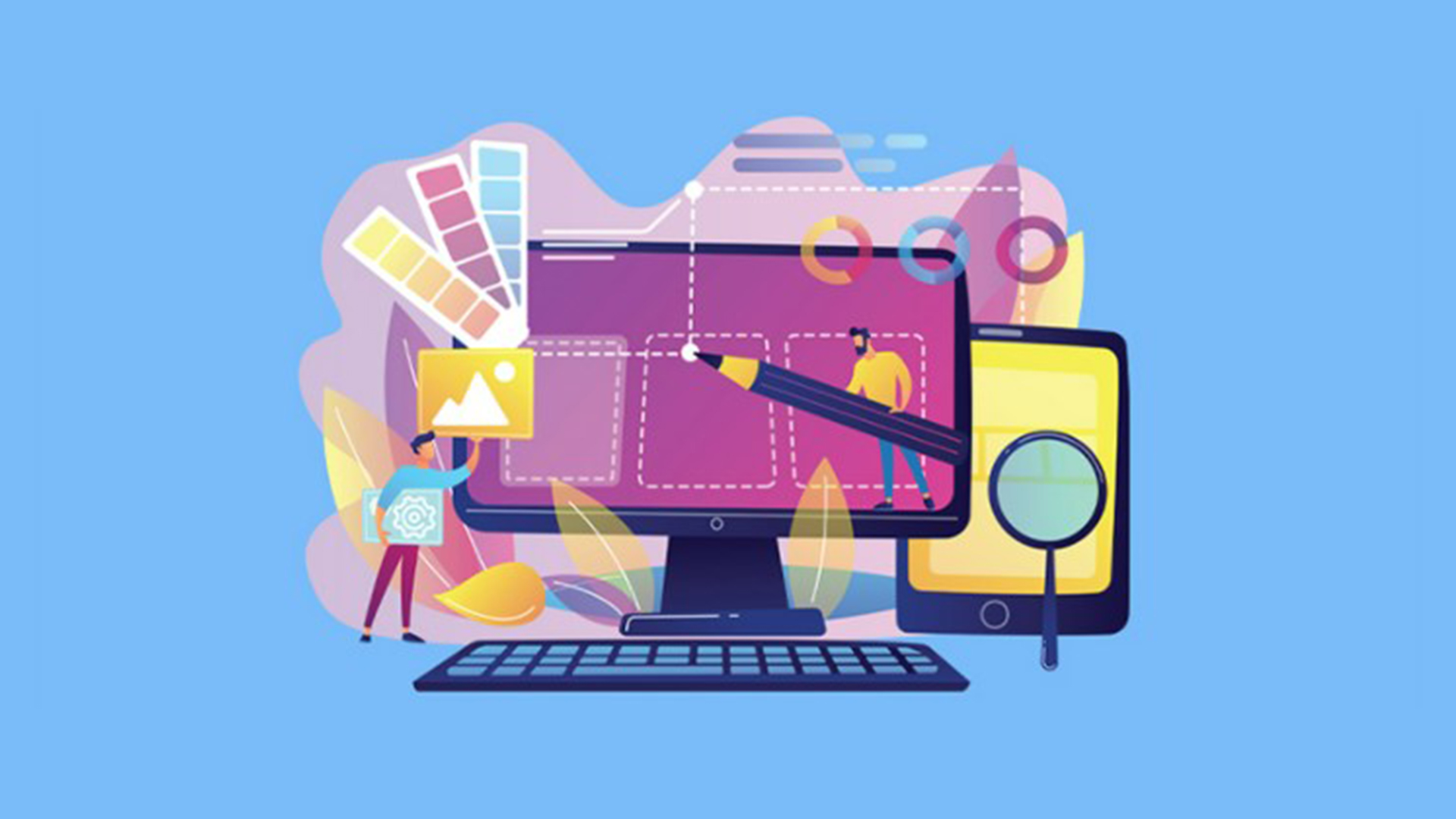All Categories
Featured
Table of Contents
- – Chavez Web Design: Web Design San Diego - Bake...
- – Web Designer: Learn The 9 Skills You Need In ...
- – Web Design - Website Design Tutorials, Articl...
- – Chavez Web Design: Web Design San Diego - Bak...
- – Web Design And Development - Invision Tips an...
- – The Top 10 Most Important Elements Of A Websi...
- – Web Design Services - Verizon Small Business...
- – Top Web Design Agencies Ranked - 2022 Review...
- – Siteinspire - Web Design Inspiration Tips an...
- – Web Design Service - Professionally Designed...
- – Wicky Design: Philadelphia Web Design Tips a...
Chavez Web Design: Web Design San Diego - Bakersfield ... Tips and Tricks:
Quick summary Usability and the utility, not the visual design, identify the success or failure of a site. Because the visitor of the page is the only individual who clicks the mouse and therefore decides whatever, user-centric design has actually developed as a basic method for successful and profit-oriented web style - web design frederick md.
and the utility, not the visual style, determine the success or failure of a site. Given that the visitor of the page is the only person who clicks the mouse and for that reason decides everything, user-centric design has become a standard approach for effective and profit-oriented website design. After all, if users can't use a feature, it might too not exist.
g. where the search box must be positioned) as it has currently been done in a number of short articles; instead we concentrate on the methods which, utilized effectively, can result in more sophisticated style choices and simplify the procedure of viewing provided information. Please discover that you may be interested in the usability-related articles we've released prior to: Principles Of Good Site Style And Effective Website Design Standards, In order to use the concepts appropriately we initially require to understand how users connect with websites, how they believe and what are the fundamental patterns of users' habits.
Web Designer: Learn The 9 Skills You Need In 2022 - Skillcrush Tips and Tricks:
Visitors look at each brand-new page, scan some of the text, and click the first link that catches their interest or slightly resembles the thing they're searching for. There are large parts of the page they don't even look at. Most users look for something fascinating (or useful) and clickable; as quickly as some promising prospects are discovered, users click.
If a page supplies users with top quality material, they are ready to jeopardize the material with advertisements and the design of the website. This is the reason why not-that-well-designed sites with top quality material get a lot of traffic over years. Content is more vital than the style which supports it.

Very easy concept: If a website isn't able to fulfill users' expectations, then designer stopped working to get his job done appropriately and the company loses cash. The higher is the cognitive load and the less user-friendly is the navigation, the more willing are users to leave the website and search for options.
Web Design - Website Design Tutorials, Articles And Free Stuff Tips and Tricks:
Neither do they scan website in a direct style, going sequentially from one website section to another one. Instead users satisfice; they choose the first sensible option. As quickly as they discover a link that appears like it might cause the goal, there is a very good possibility that it will be right away clicked.
It does not matter to us if we understand how things work, as long as we can use them. If your audience is going to act like you're designing billboard, then style fantastic billboards." Users wish to have the ability to manage their browser and count on the constant data discussion throughout the site.
If the navigation and website architecture aren't intuitive, the number of question marks grows and makes it harder for users to understand how the system works and how to get from point A to point B. A clear structure, moderate visual clues and quickly recognizable links can help users to discover their path to their objective.
Chavez Web Design: Web Design San Diego - Bakersfield ... Tips and Tricks:

claims to be "beyond channels, beyond products, beyond circulation". What does it suggest? Since users tend to explore sites according to the "F"-pattern, these 3 declarations would be the first elements users will see on the page once it is filled. The style itself is simple and intuitive, to comprehend what the page is about the user needs to search for the response.
As soon as you've accomplished this, you can communicate why the system is helpful and how users can benefit from it. Don't Misuse Users' Persistence, In every job when you are going to use your visitors some service or tool, attempt to keep your user requirements very little.
Novice visitors are ready to, not filling long web kinds for an account they may never utilize in the future. Let users check out the website and find your services without forcing them into sharing private information. It's not sensible to require users to enter an email address to evaluate the function.
Web Design And Development - Invision Tips and Tricks:
Stikkit is a best example for an easy to use service which requires almost nothing from the visitor which is unobtrusive and comforting. And that's what you want your users to feel on your web site. Apparently, Mite needs more. The registration can be done in less than 30 seconds as the form has horizontal orientation, the user does not even require to scroll the page.
A user registration alone suffices of an obstacle to user navigation to reduce incoming traffic. 3. Handle To Focus Users' Attention, As websites provide both fixed and dynamic content, some aspects of the user interface draw in attention more than others do. Certainly, images are more attractive than the text simply as the sentences marked as bold are more attractive than plain text.
Focusing users' attention to specific areas of the site with a moderate use of visual components can assist your visitors to receive from point A to point B without thinking about how it really is supposed to be done. The less enigma visitors have, the they have and the more trust they can develop towards the company the website represents.
The Top 10 Most Important Elements Of A Website Design Tips and Tricks:
Aim For Feature Direct exposure, Modern web designs are generally criticized due to their method of guiding users with visually appealing 1-2-3-done-steps, big buttons with visual results and so on. From the style point of view these components in fact aren't a bad thing.
The site has 9 main navigation options which are visible at the very first look. What matters is that the material is well-understood and visitors feel comfy with the method they interact with the system.
com gets straight to the point. No adorable words, no exaggerated statements. Rather a cost: just what visitors are looking for. An optimum solution for reliable writing is touse brief and succinct phrases (come to the point as quickly as possible), usage scannable layout (classify the content, utilize multiple heading levels, utilize visual aspects and bulleted lists which break the flow of consistent text blocks), usage plain and unbiased language (a promo doesn't require to seem like advertisement; provide your users some sensible and objective reason they should use your service or stay on your site)6.
Web Design Services - Verizon Small Business Essentials Tips and Tricks:
Users are hardly ever on a site to take pleasure in the design; additionally, for the most part they are trying to find the info in spite of the style - web design frederick md. Strive for simplicity instead of intricacy. From the visitors' viewpoint, the very best website design is a pure text, without any ads or additional material obstructs matching precisely the question visitors utilized or the material they've been searching for.
Finch plainly presents the details about the site and gives visitors an option of choices without overcrowding them with unneeded content. Not just does it assist to for the visitors, however it makes it possible to view the information presented on the screen.
Complex structures are more difficult to check out, scan, examine and work with. If you have the option in between separating 2 design sectors by a visible line or by some whitespace, it's generally much better to utilize the whitespace service. (Simon's Law): the much better you handle to supply users with a sense of visual hierarchy, the easier your content will be to view.
Top Web Design Agencies Ranked - 2022 Reviews - Clutch.co Tips and Tricks:
The same conventions and guidelines need to be applied to all elements.: do the most with the least amount of hints and visual elements. Four significant points to be thought about: simpleness, clarity, distinctiveness, and emphasis. Simplicity consists of just the aspects that are most important for communication. Clarity: all elements ought to be designed so their meaning is not ambiguous.
Conventions Are Our Buddies, Traditional design of site aspects does not result in a boring web site. As they reduce the learning curve, the need to figure out how things work. It would be an use nightmare if all websites had various visual discussion of RSS-feeds. That's not that different from our regular life where we tend to get used to fundamental concepts of how we arrange information (folders) or do shopping (placement of items).
comprehend what they're anticipating from a website navigation, text structure, search positioning etc. A common example from usability sessions is to equate the page in Japanese (presuming your web users don't understand Japanese, e. g. with Babelfish) and provide your usability testers with a task to discover something in the page of various language.
Siteinspire - Web Design Inspiration Tips and Tricks:
Steve Krug recommends that it's much better to, but benefit from conventions when you don't. 10. Test Early, Test Typically, This so-called TETO-principle must be used to every web design task as usability tests typically supply into substantial problems and issues connected to a provided layout. Test not far too late, not too little and not for the incorrect factors.
Some important indicate bear in mind: according to Steve Krug, and testing one user early in the task is much better than screening 50 near completion. Accoring to Boehm's first law, mistakes are most regular during requirements and design activities and are the more pricey the later on they are eliminated.
That implies that you create something, test it, repair it and then check it again. There might be issues which have not been found throughout the first round as users were practically blocked by other issues.
Web Design Service - Professionally Designed Websites Tips and Tricks:

This holds for designers. After you've dealt with a website for couple of weeks, you can't observe it from a fresh point of view anymore. You understand how it is constructed and therefore you understand exactly how it works you have the knowledge independent testers and visitors of your site wouldn't have.
It can be connected to other areas such as graphic style, user experience, and multimedia arts, but is more appropriately seen from a technological perspective. It has actually ended up being a big part of people's everyday lives. It is difficult to picture the Web without animated graphics, different styles of typography, background, videos and music.

Throughout 1991 to 1993 the Web was born. Text-only pages could be seen utilizing a simple line-mode internet browser. In 1993 Marc Andreessen and Eric Bina, developed the Mosaic web browser. At the time there were several web browsers, however the bulk of them were Unix-based and naturally text heavy. There had been no integrated technique to graphic style elements such as images or noises.
Wicky Design: Philadelphia Web Design Tips and Tricks:
The W3C was produced in October 1994 to "lead the World Wide Web to its full potential by developing common procedures that promote its evolution and guarantee its interoperability." This dissuaded any one company from monopolizing a propriety browser and programs language, which might have changed the effect of the Web as a whole.
As this has happened the innovation of the web has actually also moved on. There have actually also been significant modifications in the method people use and access the web, and this has altered how websites are designed. Because completion of the internet browsers wars [] new web browsers have been released. Many of these are open source meaning that they tend to have faster development and are more supportive of brand-new requirements.
Learn more about Lovell Media Group LLC or TrainACETable of Contents
- – Chavez Web Design: Web Design San Diego - Bake...
- – Web Designer: Learn The 9 Skills You Need In ...
- – Web Design - Website Design Tutorials, Articl...
- – Chavez Web Design: Web Design San Diego - Bak...
- – Web Design And Development - Invision Tips an...
- – The Top 10 Most Important Elements Of A Websi...
- – Web Design Services - Verizon Small Business...
- – Top Web Design Agencies Ranked - 2022 Review...
- – Siteinspire - Web Design Inspiration Tips an...
- – Web Design Service - Professionally Designed...
- – Wicky Design: Philadelphia Web Design Tips a...
Latest Posts
Basics Of Web Development & Coding Specialization - Coursera Tips and Tricks:
Top Web Design Courses Online - Updated [April 2022] - Udemy Tips and Tricks:
Web Design - Entrepreneur Tips and Tricks:
More
Latest Posts
Basics Of Web Development & Coding Specialization - Coursera Tips and Tricks:
Top Web Design Courses Online - Updated [April 2022] - Udemy Tips and Tricks:
Web Design - Entrepreneur Tips and Tricks: